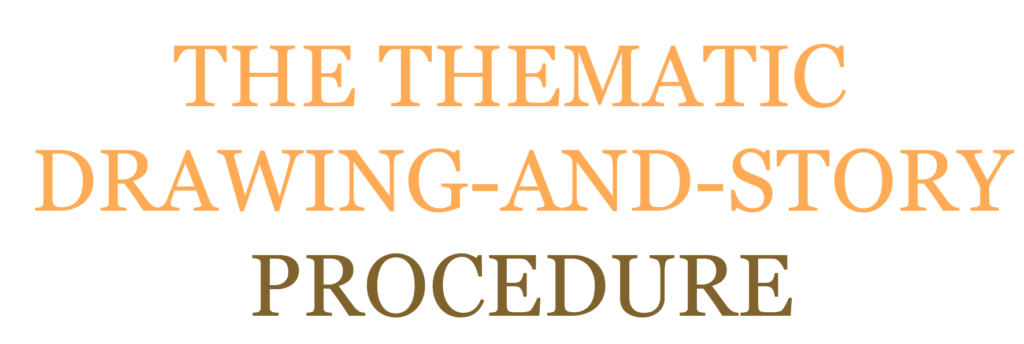SERAFIM, R. C. N. S. Corpo mastectomizado e representações: rede de significações que conduzem a ação [Mastectomized body and representations: the net of the symbolic significance that leads to action]. 188 p. Doctoral Thesis – Universidade Federal da Paraíba. João Pessoa (PB), 2013.
Available on: http://tede.biblioteca.ufpb.br/handle/tede/6961?locale=pt_BR
The present thesis aimed to identify the social representations of the mastectomized body made by women who have undergone a mastectomy due to breast cancer. Based on the theory of social representations, it has been established that removal of breast, which is an organ that is ingrained in sociocultural symbolism, calls the social actors to reissue the figure of the female body. After approval of the Ethics Committee in Research, an exploratory and descriptive study has been started. In this study, 23 women between 30 and 59 years-old (M= 49, SD= 5.8) have been chosen for convenience, intentionally and non-probabilistically. The instruments used for data collection were the Bio-sociodemographic Questionnaire, the Thematic Drawing-and-Story Procedure and Semi-structured Interview. The data analysis and treatment followed the specificity of the questionnaire and of each technique, so it was consequently used the SPSS for descriptive analysis, thematic content analysis and the Alceste for lexical analysis. Thus, it is stated that among the participants the results indicate an average of six years of mastectomy (SD= 3.7). Regarding the use of breast implants, 14 women said they use mobile prosthesis made of silicone or birdseed. And, concerning the satisfaction with body image, 13 participants said they were satisfied. The verbal-graphic material seized by Thematic Drawing-and-Story Procedure, after passing through the critical analysis of three judges, was grouped into three empirical categories (stigmatization, social adjustment strategies and support network) and 12 symbolic subcategories. The Descending Hierarchical Classification of the data processed by Alceste was organized in two sub corpora represented by thematic axes. The thematic axis of support network and functional limitations brought together the thematic classes 1 (spirituality as protection support) and 3 (functional limitations). Yet thematic stigma and social adjustment coalesced thematic classes 2 (negative representation of the body in post mastectomy) and 4 (a breast implant as a rectification element). Based on the analysis of the results, it is inferred that social representations objectified from the graphisms and narratives reveal the mastectomized body as an inseparable symbolic correspondent from the representation subject, from the representational object and existential experience generated by the discovery of the lump which confirms the breast cancer diagnosis and by the consequences arising not only from the mastectomy, but from the treatment that also involves chemotherapy and radiotherapy. Emerging as an icon of social stigma, the mastectomized body also objectifies from the intersubjective experience of faith associated with altruistic practices, and from the use of external breast prostheses and reconstructive plastic surgery. In the speech of the participants, the use of mobile prosthesis and breast reconstructive surgery are considered possibilities for social adjustment and rectification of group belonging and body image. As developments, this thesis suggests that studies with larger numbers of participants considering the gender difference, and the development of more effective therapeutic actions with regard to the rescue of autonomy, leadership and self-esteem of women who need to undergo mastectomy as a result of breast cancer. Finally, we aim to broaden the dialogues between the field of oncology and psychology.

